Bioenergy 101: How waste becomes the energy of the future
Read Time: 6 minutes
March 15, 2024
That oil sitting at the bottom of your pan after cooking a delicious meal.
The raw materials from your local farm.
Those ground-up cacao beans that remain after producing your favorite chocolate bar.
What do these things have in common?
They all can be turned into advanced bioenergy, a renewable energy source derived from organic material. This form of energy can be used to fuel a vehicle, heat a building, generate electricity for a facility and more.
Advanced bioenergy also produces much less carbon than fossil fuels. That makes it an important tool to help address the climate crisis and support the world’s energy transition to low- and zero-emission energy sources.
At Cargill, we’re using advanced bioenergy to help decarbonize the agricultural supply chain in Europe. We’re also contributing to a circular bioeconomy — turning organic waste into worth.
Below, get the basics on bioenergy and learn three ways we’re bringing more advanced bioenergy technologies to food and agriculture.
What is advanced bioenergy?
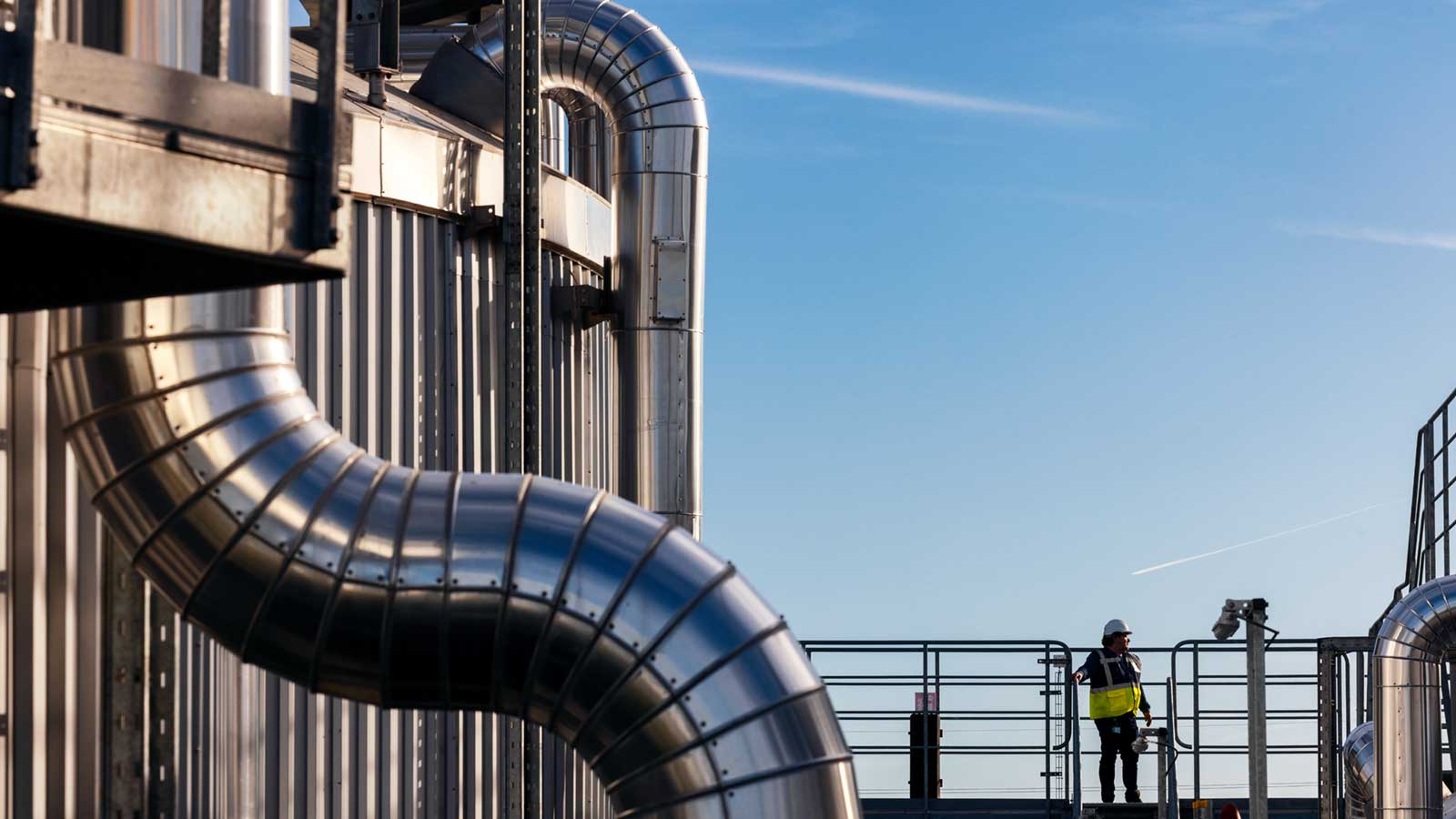 Industrial waste from plants like the above can be used to create advanced bioenergy.
Industrial waste from plants like the above can be used to create advanced bioenergy.
Advanced bioenergy is energy derived from organic materials, such as feedstock, non-food crops and industrial waste. Usable across all global sectors, this large and growing fuel source accounts for around 55% of all renewable energy and has an energy contribution five times higher than wind and solar combined, according to the International Energy Agency.
What are advanced biofuels?
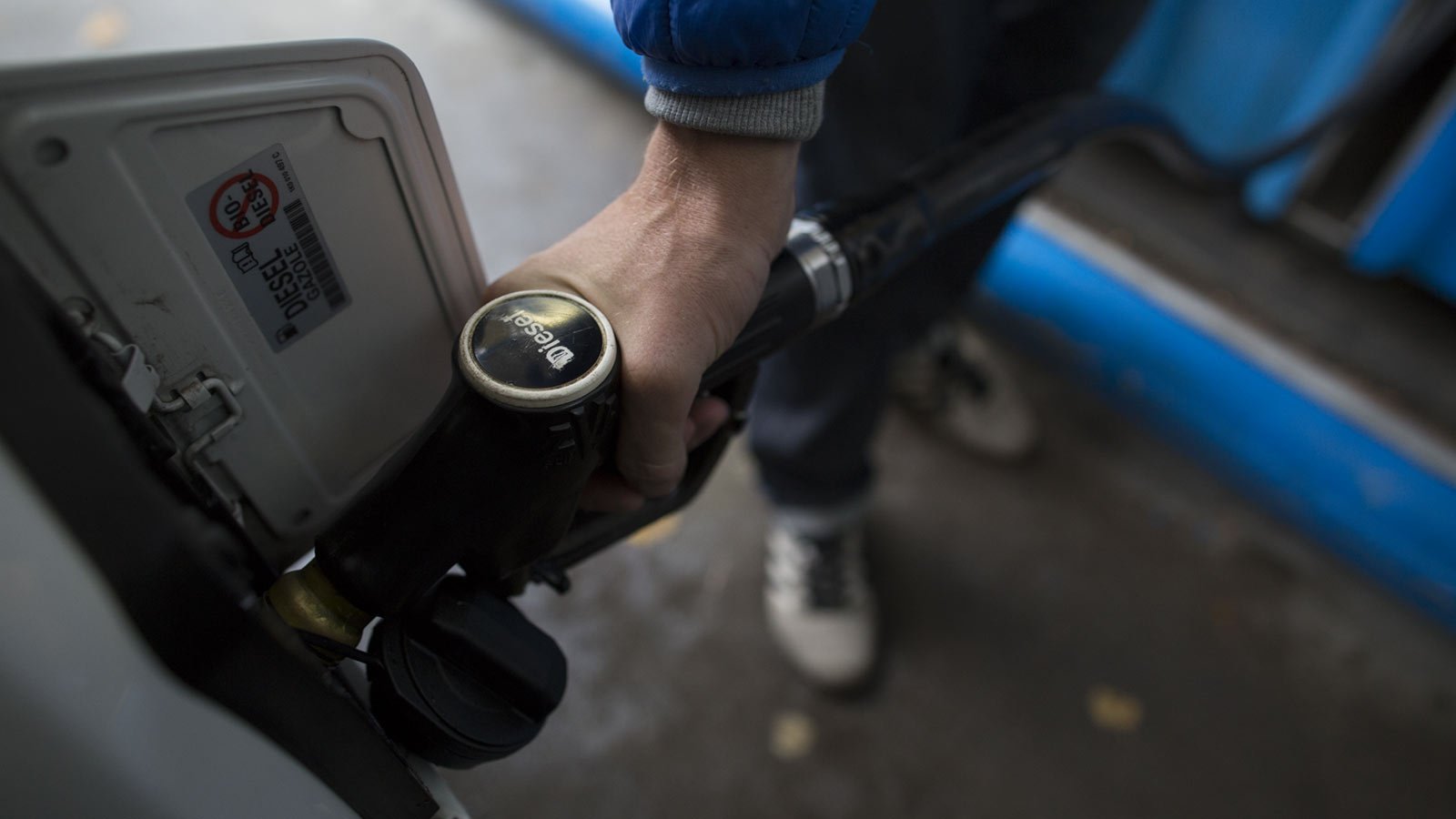 Biofuels play a particularly important role in decarbonizing transportation, which accounts for nearly one quarter of global energy-related carbon dioxide (CO2) emissions.
Biofuels play a particularly important role in decarbonizing transportation, which accounts for nearly one quarter of global energy-related carbon dioxide (CO2) emissions.
Advanced biofuels are gaseous or liquid fuels that are made from sustainable biomass feedstocks or waste. They include fuels like biodiesel, bioethanol and biogas.
Biofuels play a particularly important role in decarbonizing transportation, which accounts for nearly one quarter of global energy-related carbon dioxide (CO2) emissions. These renewable biomass fuels provide a low-carbon solution for hard-to-abate sectors such as trucking, shipping and aviation.
At Cargill, we’re bringing low-carbon biofuels to our customers with a range of feedstocks for biomass diesel, renewable diesel, and waste-based solutions.
How are we bringing advanced bioenergy to food and agriculture?
 Cargill's decarbonization solutions stretch across the supply chain.
Cargill's decarbonization solutions stretch across the supply chain.
We began pioneering the commercial use of renewable raw materials more than 20 years ago. Our goal: to reduce the use of fossil fuel in food processing and move food more sustainably.
Below are three examples of how we’re using advanced bioenergy in Europe to limit greenhouse gas (GHG) emissions in food production and agriculture.
Turning waste into biofuel in Belgium
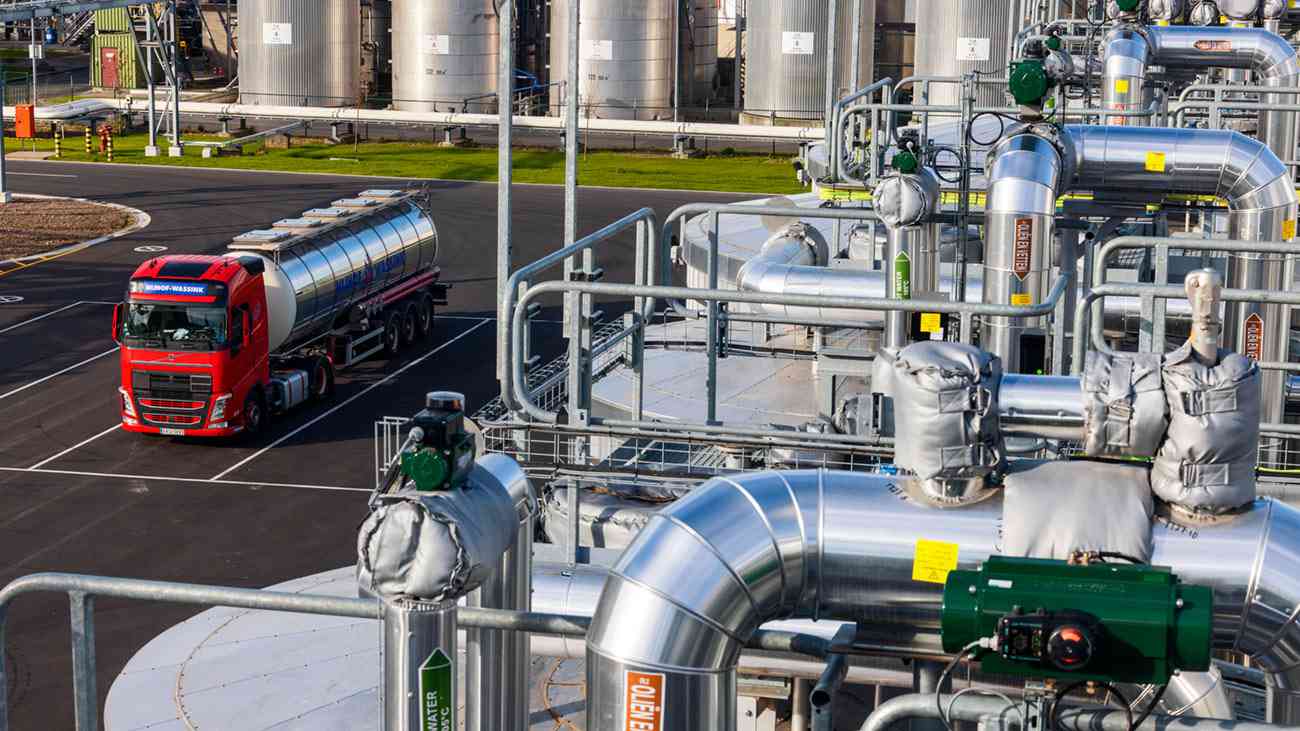 Cargill’s state-of-the-art advanced biodiesel facility in Ghent, Belgium, is helping create a circular economy by turning waste into renewable fuels to help the maritime and trucking sectors replace fossil fuels.
Cargill’s state-of-the-art advanced biodiesel facility in Ghent, Belgium, is helping create a circular economy by turning waste into renewable fuels to help the maritime and trucking sectors replace fossil fuels.
Nearly a quarter of Europe’s GHG emissions come from transportation, including moving food around the world.
That’s why our biodiesel plant in Ghent, Belgium, uses waste as a biomass feedstock.
Completed in 2023, Europe’s largest biodiesel plant takes waste oils and fats and turns them into advanced biodiesel for customers in the maritime and trucking sectors. It’s a big contribution to the circular economy and it helps our customers reduce their environmental impacts.
So far, the plant has generated 145,000 metric tons of advanced biodiesel. That means we’ve reduced GHG emissions for our customers by 435,000 metric tons, which is equivalent to removing 175,000 cars off the road for one year.
“With advanced waste-processing technology, we are providing an innovative solution that meets global renewable energy demands, respects environmental needs and helps customers realize greenhouse gas commitments,” says Alexis Cazin, president of Cargill Europe’s bioenergy, grains and oilseeds.
Turning up the biogas with a new joint venture in the Netherlands
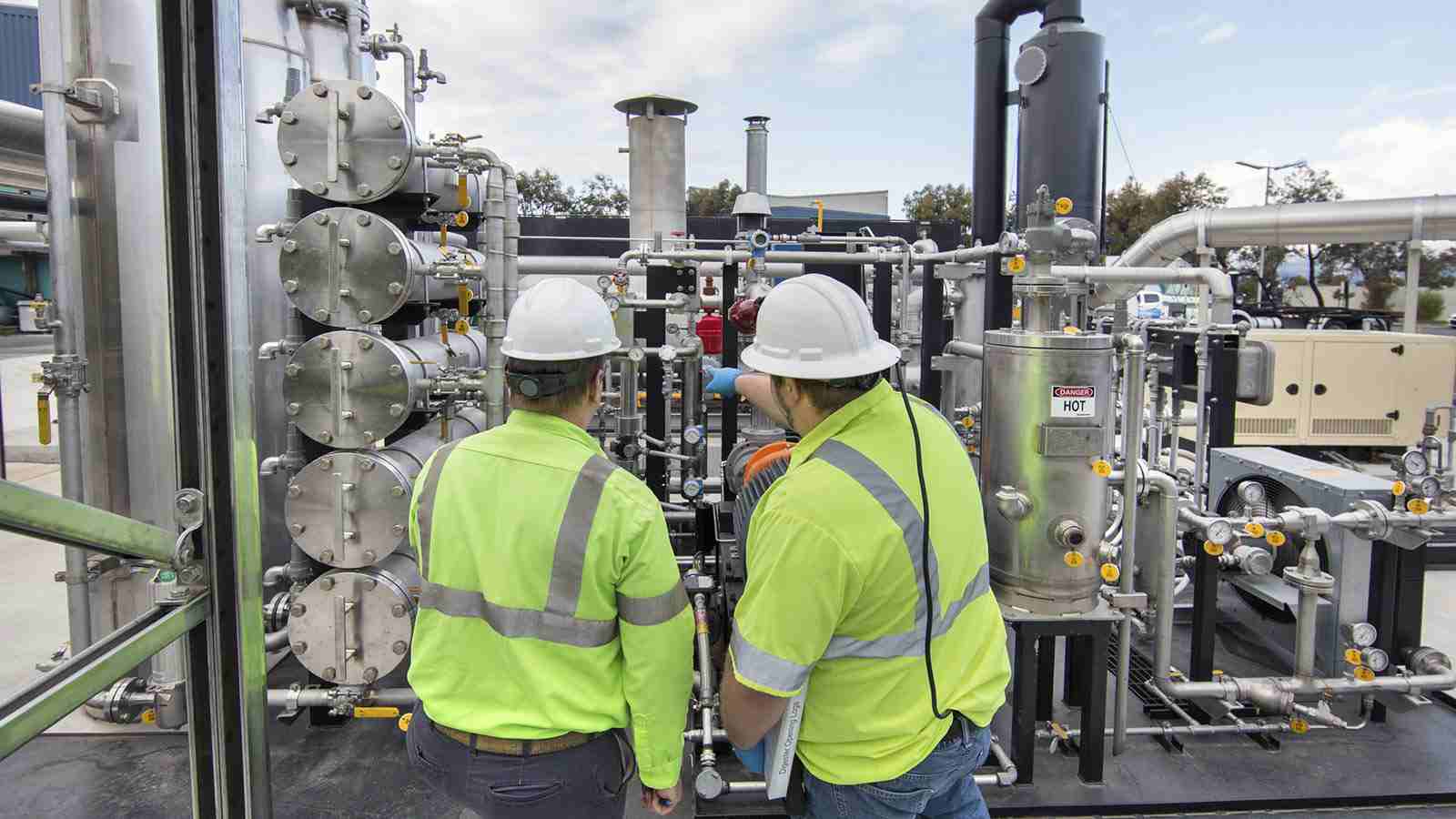 Cargill has stepped up its large-scale biogas production with a joint venture with Sustainable Fuel Plant Zeeland.
Cargill has stepped up its large-scale biogas production with a joint venture with Sustainable Fuel Plant Zeeland.
Biogas is a renewable energy source created by breaking down organic matter. It’s also a much more sustainable form of energy than fossil fuels.
Last year, we took our first step into large-scale biogas production when we entered into a joint venture with Sustainable Fuel Plant (SFP) Zeeland in the Netherlands.
SFP Zeeland produces sustainable biomethane, a biogas that helps our customers reduce their carbon dioxide emissions. It can be cleaned and upgraded to sell as biomethane in transport, heating and industrial use — and contributes to a circular economy.
Since it’s not dependent on any specific feedstock, biomethane can handle even the lowest grades of waste feedstock. SFP Zeeland is also located near Cargill facilities in The Netherlands, providing unique decarbonization options for our own — and our customers’ — operations.
“Biogas from waste and residues has the potential to power Cargill assets and decarbonize our own supply chains, as well as our customers,” Alexis says.
Cacao into energy? Here’s how we’re doing it in Amsterdam.
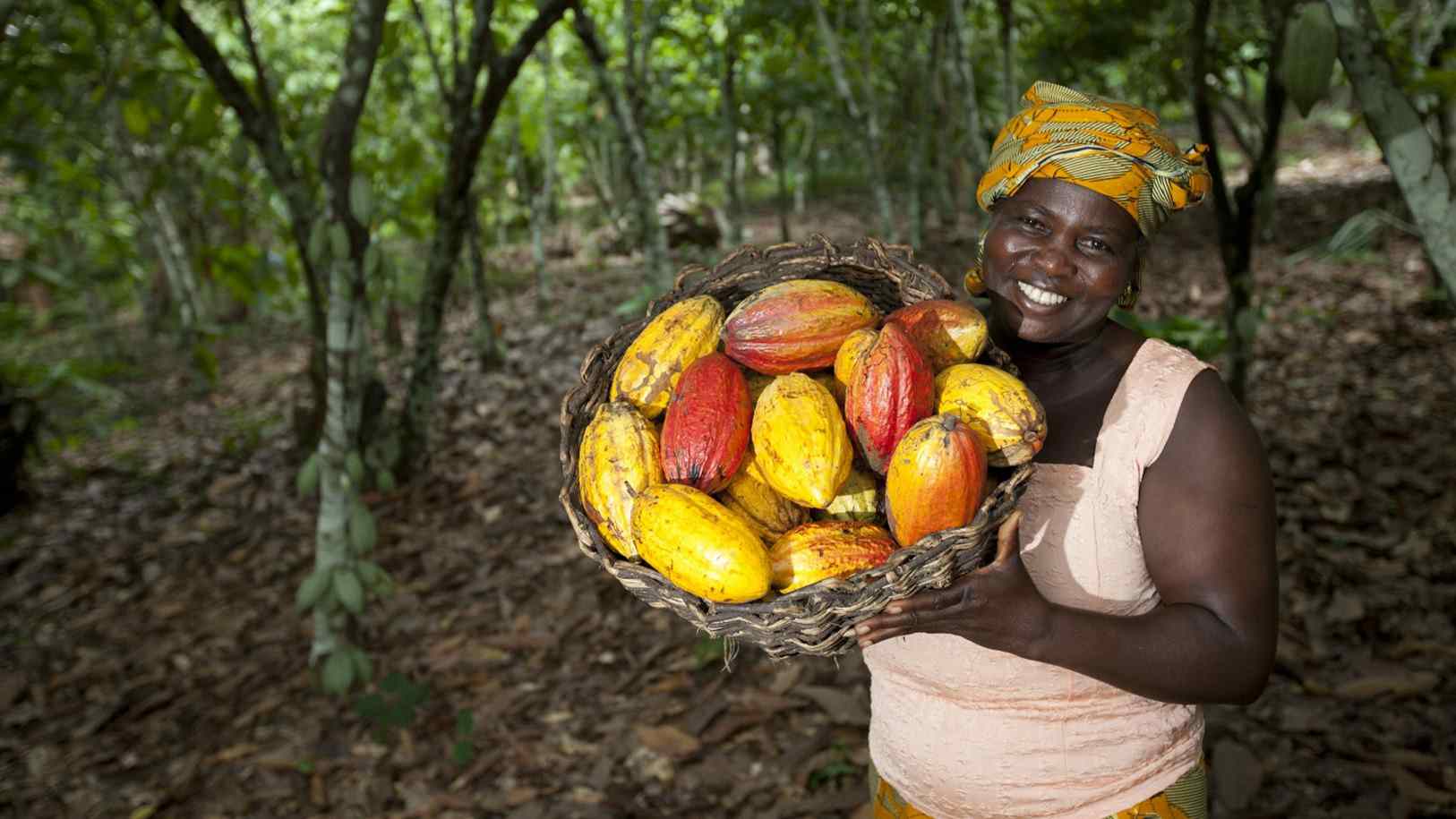 Cargill’s Clean Biomass Combustion boiler in Amsterdam uses cacao shells from beans like the above to reduce greenhouse gas emissions at its Amsterdam crush facility by tens of thousands of tons per year.
Cargill’s Clean Biomass Combustion boiler in Amsterdam uses cacao shells from beans like the above to reduce greenhouse gas emissions at its Amsterdam crush facility by tens of thousands of tons per year.
When you think about cacao beans, we wouldn’t be surprised if the first thing that came to your mind was mouthwatering chocolate.
Now, thanks to our recent investment in a state-of-the-art Clean Biomass Combustion (CBC) boiler in Amsterdam, we have a new use for cacao: producing energy.
The delicious, circular economy-driving model goes like this:
- Our cocoa and chocolate facility in Zaandam provides grinded cacao shells — a minimum of 22,000 tons per year — that would normally become waste.
- Those shells go just 18 kilometers (a little more than 11 miles) down the road to Cargill’s crush and refinery facility in Amsterdam, where the CBC boiler uses that biomass to create energy.
- That energy — along with other renewable energy sources at the plant — is expected to reduce the facility’s GHG emissions by upward of 31,000 tons per year.
“This biomass boiler, fueled by cocoa beans hulls, embodies our dedication to the circular economy,” says Erik Wibholm, Cargill director of oilseeds in Europe and the Middle East. “By repurposing waste into energy, we're not just powering our plant sustainably, we're pioneering a closed-loop system that maximizes resource efficiency and minimizes environmental impact.”
More stories
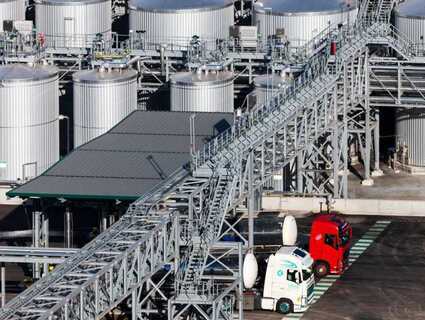
The bioeconomy: What it is and why it matters in food and agriculture
Learn how Cargill is innovating to bring the bioeconomy to life across food and agriculture.
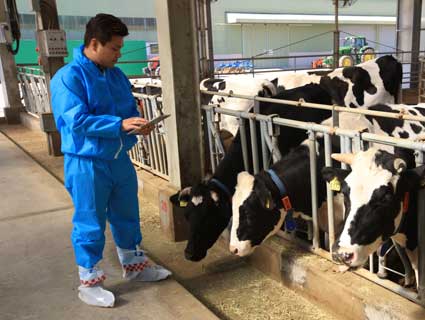
What is methane? Why it matters and what we’re doing to reduce it.
We explain what methane is, why it contributes to climate change and how Cargill is working to reduce it in agriculture.

20 innovations that give a glimpse into the future of food
Learn how we’re shaping the future of food with innovations that reimagine what’s possible across food and agriculture.
